How to Make Wood Floors Last Longer
March 21, 2024 | By Bruce Product Expert
Solid hardwood flooring, in particular, has a remarkable lifespan. Even lower-grade hardwood flooring can last 25 to 30 years. But if you focus on buying better quality wood flooring, it’s not uncommon to last 50 years or more.
Indeed, manufacturers like Bruce® offer 50-year limited residential warranties on collections like Dundee and America’s Best Choice. In particular, hardwoods like oak, maple, and hickory can withstand heavy foot traffic, making them ideal choices for active households.
Even though most hardwood floors offer exceptional longevity, there are things you can do to ensure they last even longer. So, we’ll address some essential tips on maintaining wood floors to extend their life.
Select a Durable Hardwood Species
The first step in extending the life of your wood floors is selecting the appropriate type of hardwood flooring. So look for a hardwood flooring species with a high Janka rating, preferably 1200 or higher. For example, hickory owns an 1820 rating, making it the hardest domestic species for wood flooring.
Maple and oak fall reasonably close behind with 1450 and 1360 ratings, respectively.
Conversely, softer woods like walnut (1,010) or cherry (995) are prone to scratches and dents, which shorten your floor’s longevity.
Select a similarly high-rated Janka wood species if you opt for engineered hardwoods. However, engineered hardwood flooring typically doesn’t last as long as solid hardwood. That’s primarily because you can’t sand and refinish it as often owing to its thin veneer.
Opt for a Strong Finish
To enhance an already durable species like hickory, ensure the flooring includes a polyurethane or water-based finish. It adds a robust protective layer, shielding the wood from scratches, stains, and spills.
For instance, Bruce includes a Dura-Luster® multi-layer finish with some flooring. This type of finish offers enhanced protection on flooring, like its Dundee collection. So you’ll get superior resistance to everyday dirt and wear, extending your floor’s life.
Recoating Your Wood Floors
It’s a good idea to consider recoating and refinishing your wood floors every few years. That’s especially true if you opt for lesser-grade flooring. Doing so restores their protective layer and keeps them looking fresh.
Recoating involves applying a new coat of finish to rejuvenate the wood’s appearance and enhance its resistance to wear.
At some point, consider refinishing your floors to extend their life. Unlike recoating your floors, refinishing involves sanding down the old finish and applying a new one. Refinishing is worthwhile if your floors show obvious signs of wear.
The beautiful thing about solid hardwoods is that you can sand and refinish them multiple times. The thicker the flooring, the more you can go through the process. And each time you do, you’ll wind up with a brand-new floor, extending its life indefinitely.
Wipe Up Spills Immediately
Water is hardwood flooring’s chief nemesis. It can make your floor cup, warp and even rot under extreme circumstances.
So you should wipe up any spills that happen sooner than later. The longer they sit on your floors, the more damage they can do.
Equally important, be wary of installing hardwoods in moisture-prone rooms like bathrooms or basements. Although they may not last as long as solid hardwoods, engineered wood floors offer greater water resistance. So if you want wood flooring, they’re a better choice.
Some engineered hardwoods, like Dogwood® from Bruce, even deliver waterproof performance. So you can use them dependably if you have moisture concerns. They’ll handle spills from your kids or accidents from your pets while offering more substantial dent and scratch resistance.
Tips for Cleaning Your Floors
Regular sweeping and dusting are essential for maintaining your floors and keeping them in top condition.
Use a soft-bristled broom or a microfiber dust mop to remove dust, dirt, and debris and avoid scratching the surface. In addition, avoid using vacuum cleaners with beater bars, as they can cause damage to the finish.
If you elect to use a wet mop when cleaning wood floors, make sure you use only a damp mop. Excess water on wood floors can seep into the wood, drastically reducing its lifespan.
You’ll also want to use cleaning products designed for wood flooring, like Bruce hardwood floor cleaners. Avoid using homemade solutions using vinegar or ammonia, as they can do more harm than good.
Vinegar’s acidity can etch into the wood’s surface, while ammonia can discolor and dull the finish. Using ammonia to clean a wood floor will take years off of its life.
An Ounce of Prevention
You can take other steps to protect your floors and extend their life. After all, an ounce of prevention is worth a pound of cure. As mentioned, address spills and potential stains promptly.
Apart from that, consider the following:
1. Place doormats at entryways to trap dirt, debris, and moisture.
2. Attach furniture pads to chairs, tables, and other heavy furniture to reduce scratches and scuffs.
3. Use area rugs and runners for added protection in high-traffic areas.
4. Remove shoes when walking on wood floors, especially pointed heels.
5. Maintain 30-50% humidity to prevent wood floors from drying out or expanding.
6. Avoid harsh chemicals that strip away your floor’s finish.
7. Avoid using oil-based products on your hardwoods.
With a bit of loving care, you can add years to the life of your hardwood flooring.
Repair Any Damage to Your Hardwoods
Despite your best efforts, minor damage may occur over time. Consider using a wood floor repair kit that matches your floor’s finish for minor scratches and dents. Lightly sand the affected area and apply the repair product following product instructions.
Sand and refinish the area for minor water damage to restore its appearance. For more significant damage like gouges and chips, use wood filler and follow up with sanding and refinishing as needed. If the damage is extensive or beyond your expertise, it’s best to consult a repair professional.
The more you address blemishes, the less wear and tear your floors will show, extending their life.
Count on Bruce® Hardwoods to Last
Remember, regular maintenance, preventative measures, and thoughtful care will ensure that your wood floors continue to impress for generations.
But it also starts with installing quality hardwoods like Bruce. We offer solid and engineered wood flooring in the most popular species. And we stand behind our products with some of the best warranties in the industry.
See how our flooring works in your home by using our flooring app. Use your phone to take a picture of your room, upload it to the tool, and select a floor. You can see how it looks instantly in your space.
You can find the nearest Bruce dealer using our retail locator.

Ready to shop for hardwood flooring near you?
Use our retail locator to find where you can buy Bruce oak flooring.
Find a Store
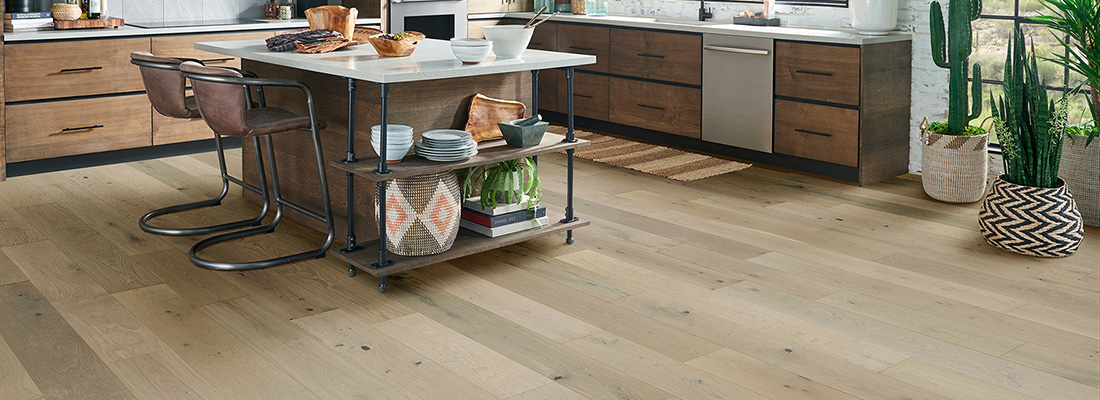
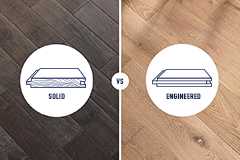 Solid vs Engineered Hardwood Flooring
Solid vs Engineered Hardwood Flooring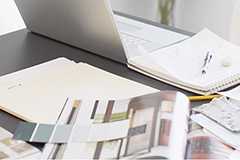 Guide To Choosing a Hardwood Floor
Guide To Choosing a Hardwood Floor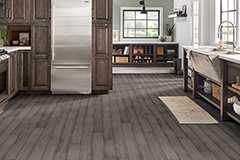 Hardwood Flooring Room Inspiration Guide
Hardwood Flooring Room Inspiration Guide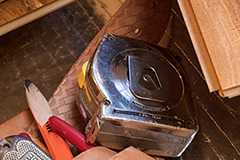 10 Things to Know About Hardwood Floor Installation
10 Things to Know About Hardwood Floor Installation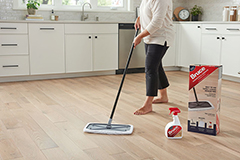 How To Clean and Protect Hardwood Flooring
How To Clean and Protect Hardwood Flooring